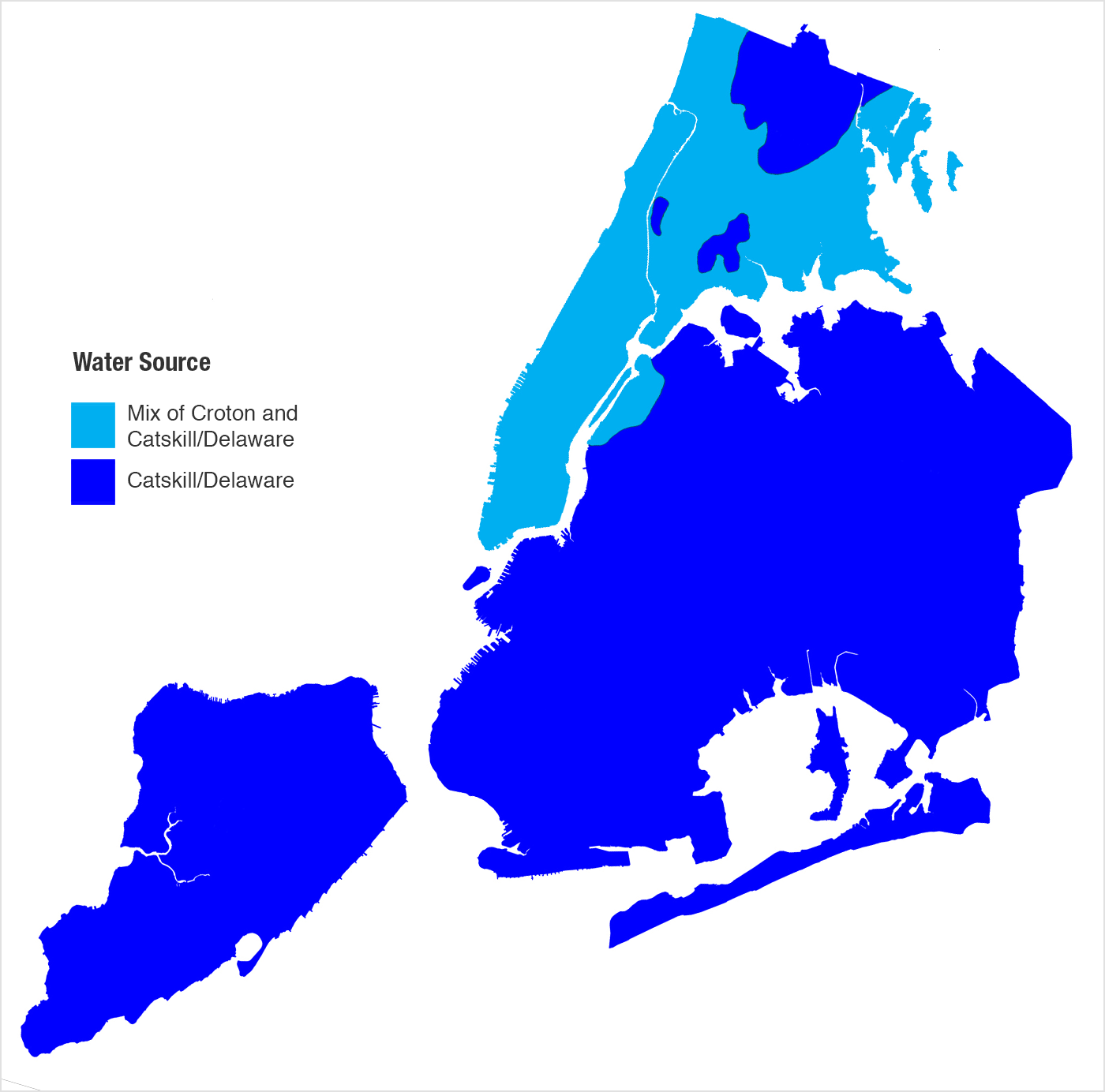
With the Democratic Mayoral primaries fast approaching, we at Ashokan Water have environmental concerns on the forefront of our minds. While many of the candidates have taken the time to address the environmental issues facing the City; none are as well versed with the issues as Kathryn Garcia. Ms. Garcia has spent her career within government working on the city’s largest environmental issues. Her work for our City speaks for itself. Having held several positions in the NYC Department of Environmental Protection under Mayor Bloomberg, Kathryn Garcia was tasked with overseeing The Bureau of Water Supply, the Bureau of Water and Sewer Operations, and the Bureau of Wastewater Treatment. In later years, Ms. Garcia went on to become the Commissioner of the NYC Department of Sanitation where she again tackled the city’s environmental issues. Garcia helped to pass the city’s waste equity law (in 2018) helping distribute the waste burden on the city’s communities equally and not more heavily on lower income communities as had previously been the case.
The change that Kathryn Garcia has implemented in our city proves that she truly understands and cares about environmental protection and conservation within our city. Other candidates speak about the environment, but Garcia is a true technocrat, and clearly the environmental candidate to rally behind.

